Seven Scottish ruins with a fascinating history
This article contains affiliate links. We may earn a small commission on items purchased through this article, but that does not affect our editorial judgement.
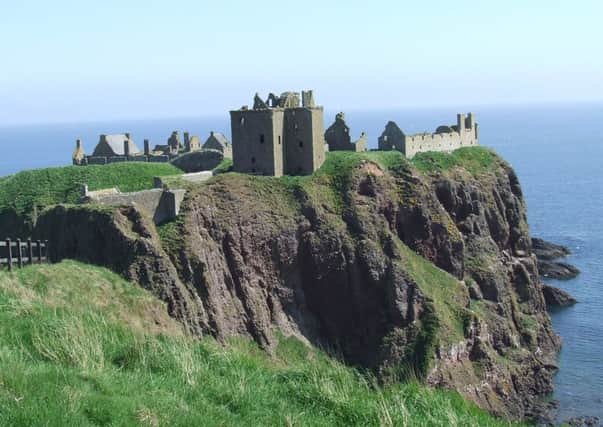

DUNNOTTAR CASTLE, ABERDEENSHIRE
Once home to the Honours of Scotland – the nation’s crown jewels – the ruined medieval fortress of Dunnottar Castle is an iconic backdrop and one of Scotland’s most breathtaking historical sites. The jagged cliffs of the North Sea hoist up the ruins, where you’ll find a dungeon, restored dining room, watering hole and stables.
The castle is now in the care of the Pearson family and is open to tourists during the spring and summer seasons. From a months-long 17th century siege by Oliver Cromwell’s army to the savage wind and spray of the North Sea, Dunnottar’s dishevelled remains have withstood quite a battering.
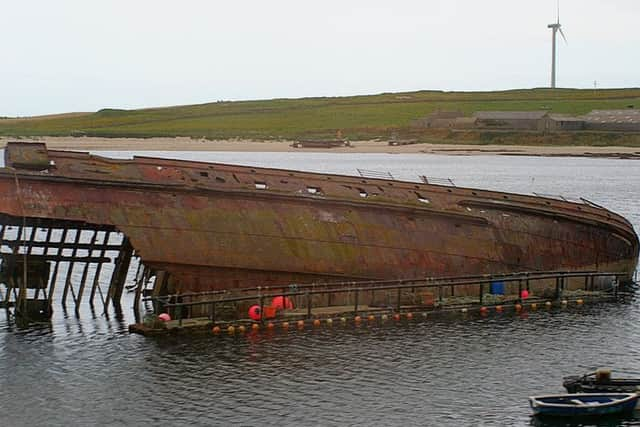

ST PETER’S SEMINARY, ARGYLL
Advertisement
Hide AdOne of Scotland’s most famous Roman Catholic monuments, St Peter’s Seminary was opened in 1966 and designed to house up to 100 priests in its Brutalist and Le Corbusier-inspired interior. It never came close to housing that figure, and significant issues related to water ingress and the design of the structure meant that the building soon suffered.
By 1980, the seminary had closed and was converted into a drug rehabilitation facility, but it too shut in 1985 as longstanding problems persisted. A fire ravaged the building in 1995, three years after its designation as an A-listed structure.
The NVA organisation, led by artist Angus Farquhar, took over the site in 2011, and only this month it hosted Hinterland - the first arts show to take place on the site.
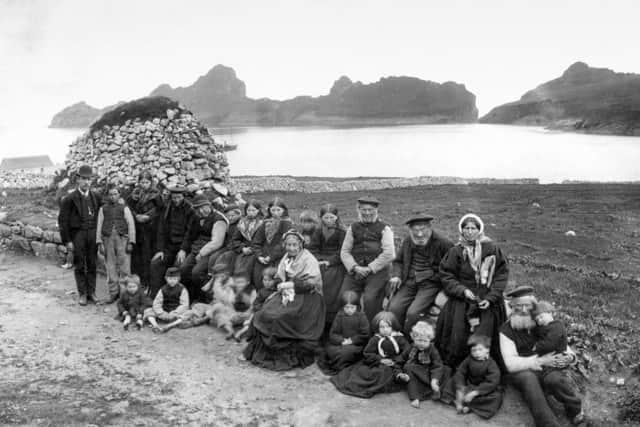

BARNTON QUARRY BUNKER, EDINBURGH
A secret bunker hidden under Corstorphine Hill, Barnton Quarry Bunker is a Cold War relic. After its stint as an operations room for RAF Turnhouse in WWII came to an end, the facility was repurposed as a Regional Seat of Government (RSG) destined to hold Scotland’s top brass in the event of a nuclear attack.
The base operated from 1952 until activist group Spies for Peace outed the secret site 11 years later. A fire in 1992 released asbestos fibres into the subterranean levels of the structure, making the building dangerous. The site is in the process of being renovated and turned into a museum.
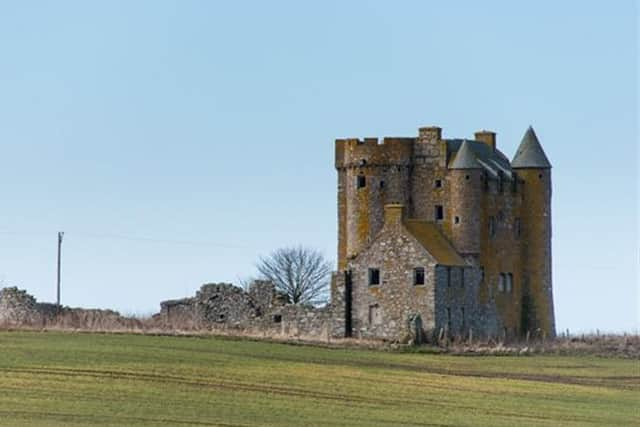

BLOCKSHIPS OF SCAPA FLOW, ORKNEY
During WWI, sturdy defences were put in place around Scapa Flow in Orkney - a large, calm body of water where the Royal Navy would berth their warships in security. Such defences included a number of blockships sunk in both WWI and WWII to stop German submarines from reaching the area and attacking the ships berthed there.
Advertisement
Hide AdAfter the sinking at anchor of HMS Royal Oak in 1939 at the hands of a U-boat that had infiltrated the sound, Winston Churchill ordered the construction of the Churchill Barriers to replace the blockships. As of 2016, the Skerry and East Weddell Sound blockships can be seen when driving across concrete causeways and are popular diving locations for explorers of all abilities.
INCHDREWER CASTLE, BANFF
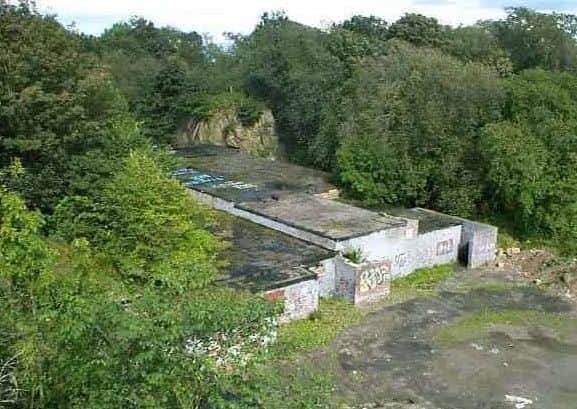

The A-listed remains of Inchdrewer Castle were recently sold to a private buyer for approximately £400,000 following its abandonment in the early 1900s and weatherproofing in the 1970s. From the historical records that remain, it is believed to have been built in the early 1500s and bought by Sir Walter Ogilvie of Dunlugas in 1557 from the Curror family.
Advertisement
Hide AdLord Banff lived in the castle until 1713, when he was murdered and left to burn as a fire raged at Inchdrewer Castle. More misfortune befell the place when, in 1846, the Duke of Cumberland lay siege to the castle while hunting for Bonnie Prince Charlie. The privately-owned property needs extensive restoration to be habitable again.
MEADOWFIELD SHIPYARD OFFICES, PARTICK
While the drydock that used to accompany the offices was filled in during the 1960s, the Art Deco Meadowfield Shipyard Offices remain.
David Tod and John McGregor, proclaiming themselves the “fathers of iron shipbuilding on the Clyde,” set up shop at Meadowfield, where the River Kelvin joins the Clyde.
Tod and McGregor built one of the first drydocks in Scotland, and also a slip dock for repairs. David and William Henderson, who owned an engineering works in Finnieston, bought the yard from Mr Tod Jr in 1873 after the deaths of the original founders, before selling to Harland & Wolff in 1917.


The depression between the two World Wars pushed it into closure in 1935. The offices, once occupied by several other companies, now lie empty.
ST KILDA
An archipelago deep in the North Atlantic around 40 miles north west of Uist, St Kilda’s first traceable inhabitants date back to the Iron Age. St Kilda’s last human residents left in 1930; the island is now populated by gannets, fulmars and puffins, among other seabirds.
Advertisement
Hide AdAbout 180 people lived on St Kilda during its most populous spell in the late 1600s, with land latterly rented from the Macleods of Dunvegan in Skye, whose factor would visit once a year to collect rent and sell imported goods.
St Kildans gradually lost their self-sufficiency, and as residents began to rely on imports island they began to see the island as a prison.
Advertisement
Hide AdIn 1852, 36 islanders emigrated to Australia, but many died en route. Further emigration followed and the island economy broke down to the point where 36 islanders requested an evacuation to the mainland in 1930.
